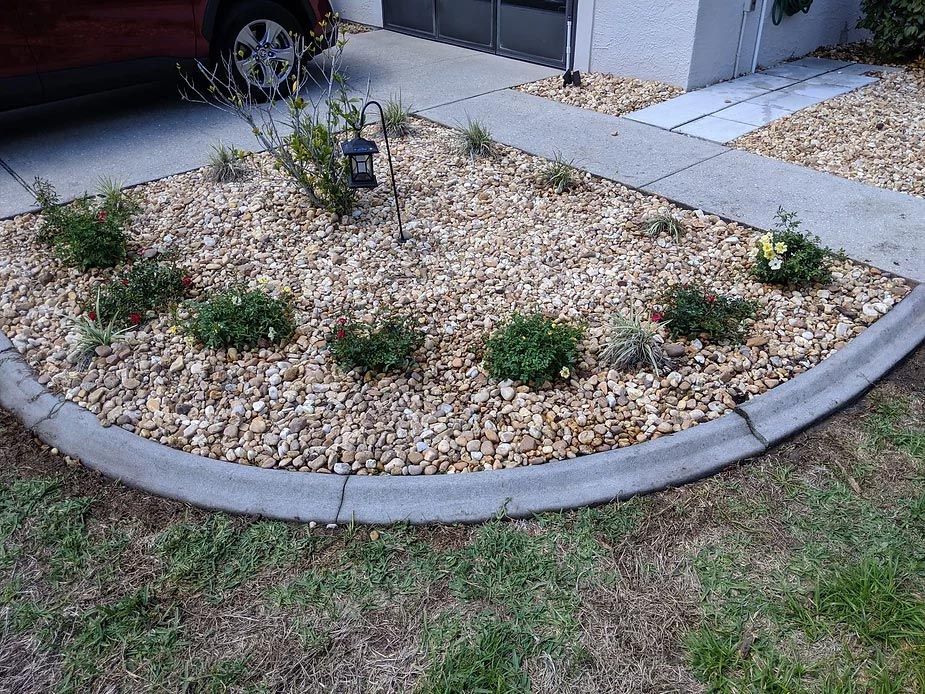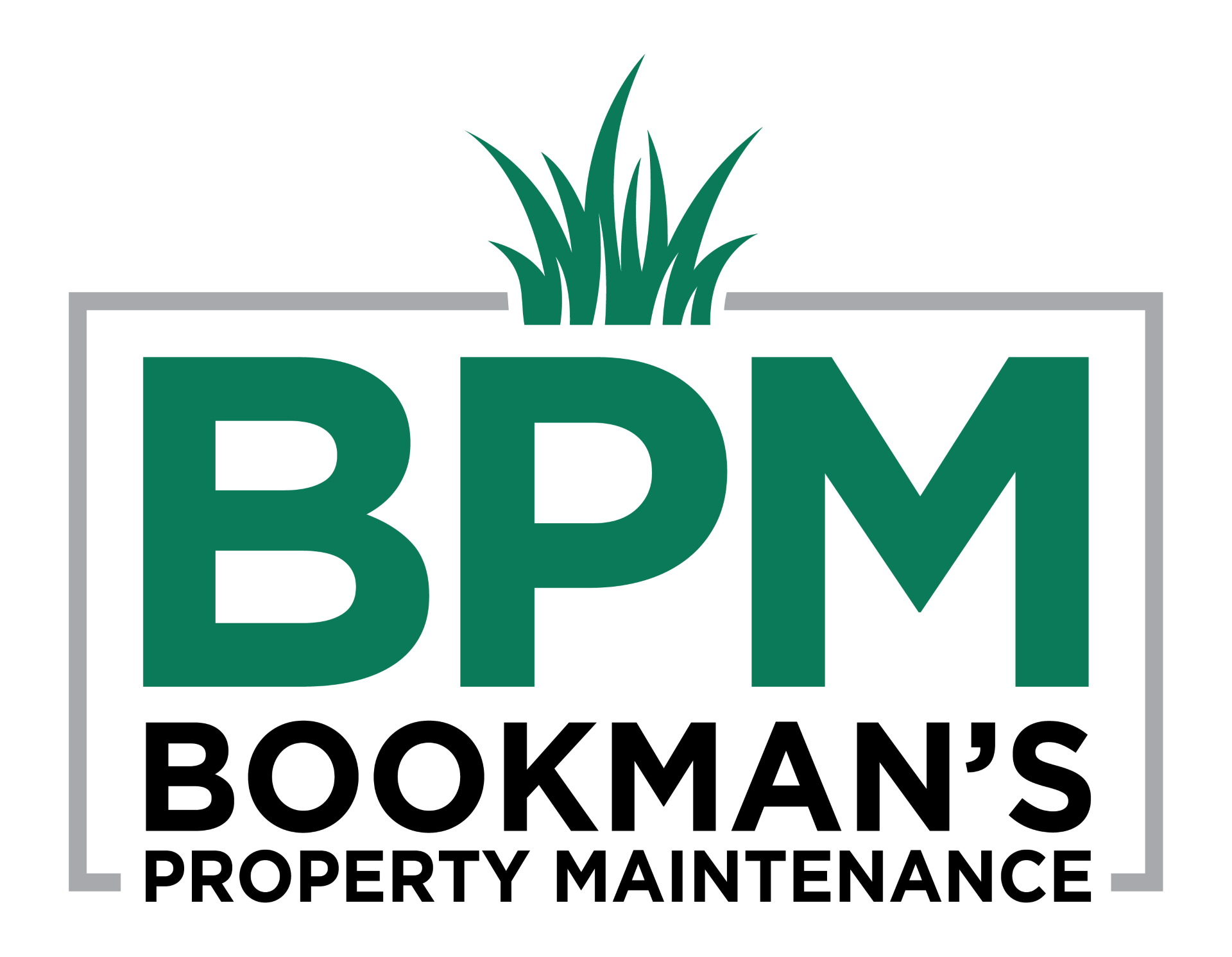How to Create a Low-Maintenance Landscape in Citrus County, Florida
Creating a low-maintenance landscape in Citrus County, Florida, is an excellent way to enjoy a beautiful yard without the constant upkeep. With the right planning and plant choices, you can have a stunning and sustainable landscape that thrives in Florida's unique climate. Here are some tips to help you design a low-maintenance garden that will save you time and effort while enhancing the beauty of your outdoor space.
1. Choose Native Plants
Native plants are naturally adapted to the local climate and soil conditions, making them easier to care for and more resilient to pests and diseases. Some great native plants for Citrus County include:
- Firebush (Hamelia patens): A hardy shrub that attracts hummingbirds and butterflies.
- Coontie (Zamia pumila): A low-growing, drought-tolerant plant that adds texture to your garden.
- Southern Magnolia (Magnolia grandiflora): A beautiful tree with large, fragrant flowers.
- Muhly Grass (Muhlenbergia capillaris): An ornamental grass with striking pink-purple blooms.
2. Opt for Drought-Tolerant Plants
Drought-tolerant plants require less water, which is ideal for reducing maintenance and conserving water. Some excellent choices for Florida landscapes include:
- Lantana (Lantana camara): A colorful, hardy shrub that blooms year-round.
- Beach Sunflower (Helianthus debilis): A cheerful, spreading ground cover that thrives in sandy soils.
- Agave (Agave americana): A striking succulent that adds a dramatic focal point to your garden.
3. Use Mulch
Mulching is one of the simplest ways to reduce maintenance in your landscape. Mulch helps retain soil moisture, suppress weeds, and regulate soil temperature. Organic mulches, such as pine bark or wood chips, also break down over time, adding nutrients to the soil. Apply a 2-3 inch layer of mulch around your plants, ensuring not to pile it against the stems or trunks.
4. Implement Efficient Irrigation Systems
An efficient irrigation system can save you time and water. Consider installing a drip irrigation system, which delivers water directly to the plant roots, reducing evaporation and runoff. Additionally, using a smart irrigation controller can help you schedule watering based on weather conditions, ensuring your plants get the right amount of water without overwatering.
5. Group Plants by Water Needs
Grouping plants with similar water needs together helps ensure that each plant receives the appropriate amount of moisture without wasting water. This practice, known as hydrozoning, allows you to create irrigation zones that cater to the specific requirements of different plant groups.
6. Incorporate Hardscaping Elements
Hardscaping elements, such as patios, walkways, and decorative rocks, reduce the amount of lawn and garden space that needs regular maintenance. Consider incorporating features like:
- Paver Pathways: Easy to install and maintain, paver pathways provide a clean and attractive look.
- Gravel or Rock Beds: These can be used as mulch alternatives or to create low-maintenance garden areas.
- Raised Beds: Ideal for controlling soil quality and reducing weed growth.
7. Reduce Lawn Areas
Lawns require regular mowing, watering, and fertilizing, making them one of the most maintenance-intensive parts of a landscape. Consider reducing the size of your lawn by replacing sections with ground covers, native plants, or hardscaping. If you prefer to keep some lawn, choose a low-maintenance grass variety, such as Bahia grass, which is well-suited to Florida’s climate and requires less water and fertilizer.
8. Implement Proper Soil Preparation
Every property is unique, and we tailor our services to meet your specific needs and preferences. Our process includes:
9. Practice Integrated Pest Management (IPM)
Integrated Pest Management (IPM) is an eco-friendly approach to pest control that minimizes the use of chemicals. By monitoring your plants regularly, encouraging beneficial insects, and using organic pest control methods when necessary, you can keep pest problems under control without resorting to harsh chemicals.
10. Plan for Seasonal Maintenance
Even low-maintenance landscapes require some care. Schedule regular tasks, such as pruning, mulching, and checking irrigation systems, to keep your garden in top shape. By planning for seasonal maintenance, you can address small issues before they become major problems.
Creating a low-maintenance landscape in Citrus County, Florida, is achievable with thoughtful planning and the right plant choices. By incorporating native and drought-tolerant plants, efficient irrigation systems, and hardscaping elements, you can enjoy a beautiful, sustainable garden that requires minimal upkeep. For professional assistance in designing and maintaining your low-maintenance landscape, contact Bookman's Property Maintenance FL LLC. We're here to help you create the yard of your dreams with less effort and more enjoyment.
For more expert advice and landscaping services, visit our website or give us a call. We look forward to helping you achieve a stunning, low-maintenance outdoor space.


